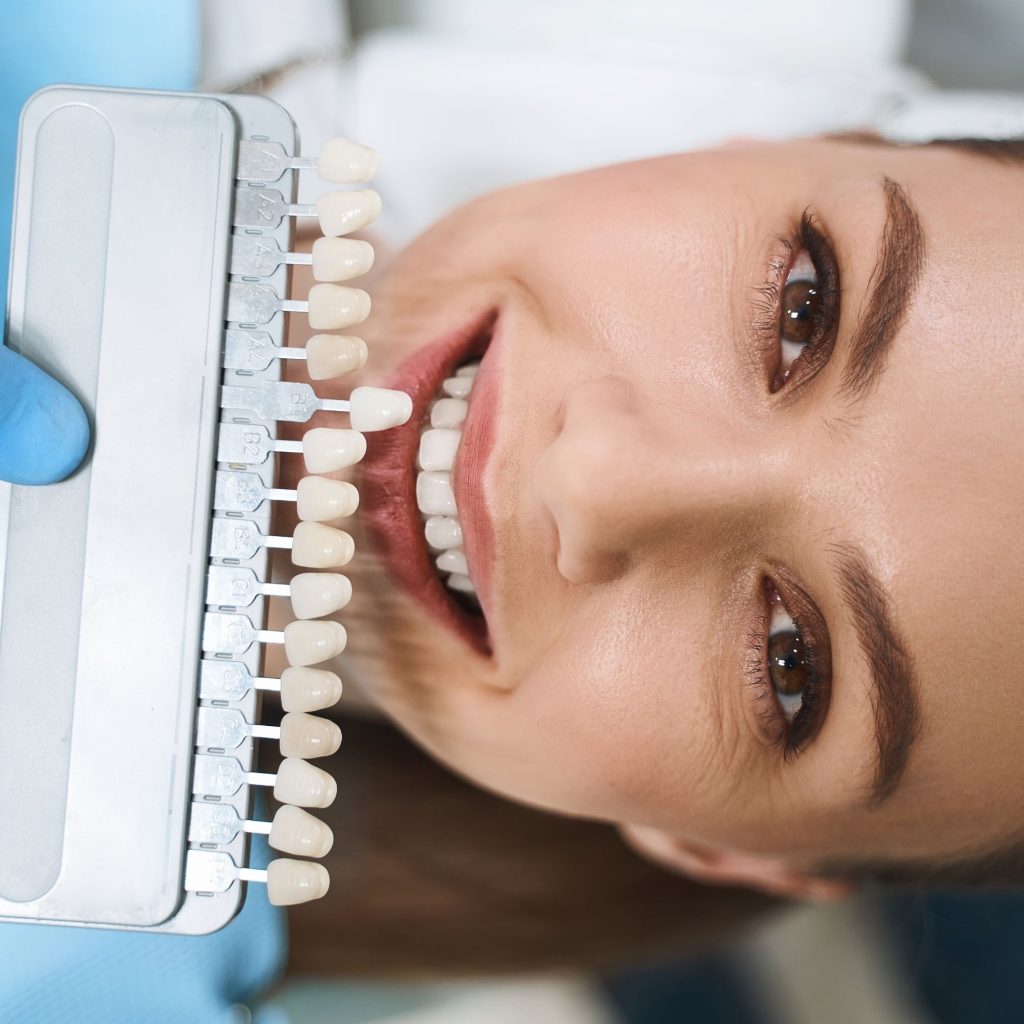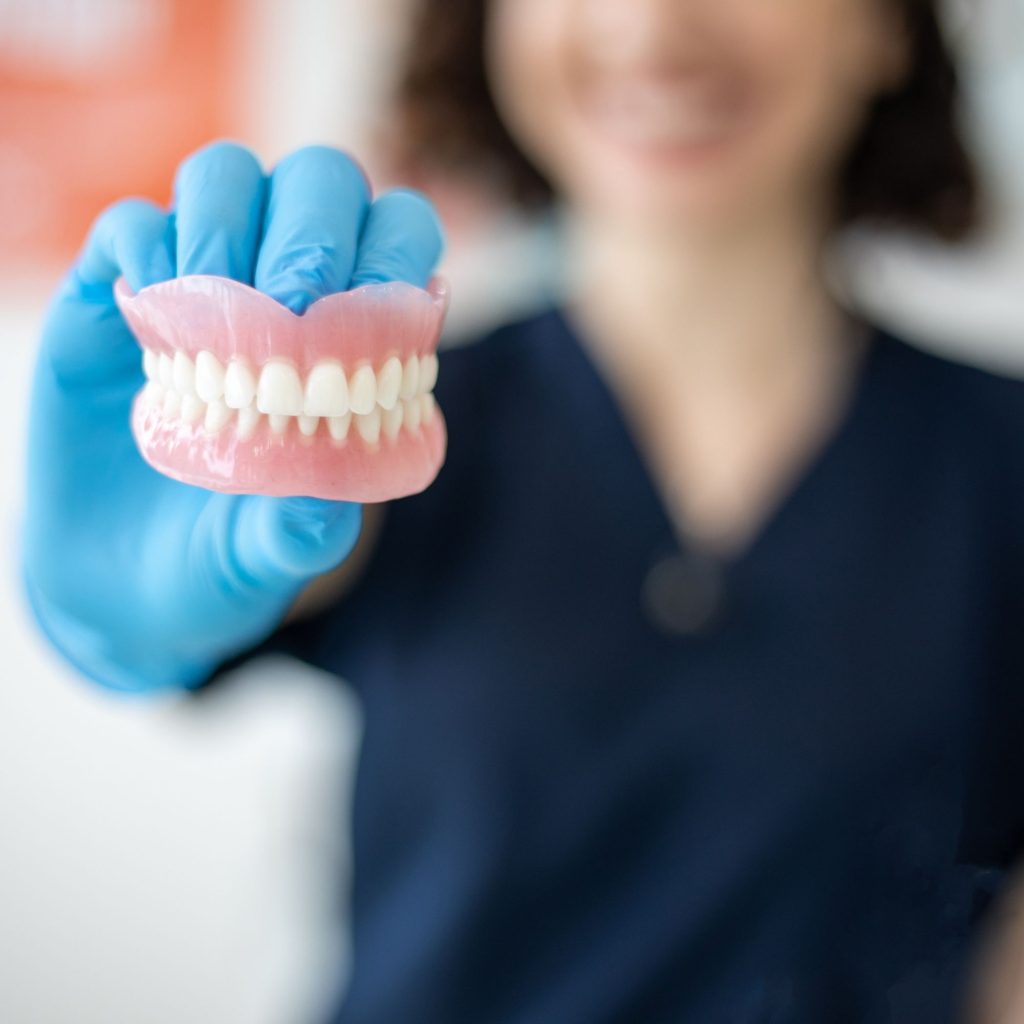Fixed Prostheses
What is a fixed prosthesis?
Fixed prosthodontic treatment is the art and science of restoring missing or severely damaged teeth using materials that resemble natural tooth structure and color. These restorations are permanently cemented and cannot be removed by the patient.
Can severely damaged teeth be saved?
Yes. Before placing a porcelain crown, a treatment called post-core can be performed. This involves reinforcing the tooth by anchoring a post into the root canal to support the crown. Depending on the type of post used, the procedure may be completed in a single or multiple sessions.
What materials are available for crowns?
Crowns can be made from:
Metal-ceramic (PFM): A porcelain exterior fused to a metal substructure, offering strength and acceptable aesthetics.
All-ceramic crowns (reinforced porcelain or zirconia-based): Ideal for front teeth due to their light-transmitting properties and natural appearance.
Full metal crowns (gold, chrome, cobalt): Used in posterior regions where space is limited and aesthetics are not a concern.


What are porcelain veneers (laminates)?
Porcelain veneers are ultra-thin ceramic shells bonded to the front surfaces of teeth. They can close gaps, lengthen or reshape teeth, and improve the appearance of cracked, discolored, or poorly formed teeth. Veneers are also used for smile design in patients seeking permanent whitening or minor alignment correction without orthodontics.
How are porcelain veneers made?
After planning, a minimal amount of enamel (usually less than 1 mm) is removed from the front and incisal edge of the tooth. An impression is taken, and custom-made veneers are fabricated to match your smile. They are bonded using special adhesives.
What is a porcelain inlay/onlay?
Porcelain fillings are custom-made restorations used instead of amalgam or composite fillings for teeth with moderate damage. They offer superior strength and aesthetics and are typically completed in a few sessions.
What are the treatment options for multiple missing teeth?
Bridges: Replace one or more missing teeth by anchoring to adjacent natural teeth. Materials and bridge types vary based on the case.
Implant-supported crowns and bridges: After titanium implants are placed and integrated into the bone (2–6 months), fixed restorations are fabricated. These can be made from metal, metal-ceramic, zirconia-ceramic, or full ceramic.
What are the steps of fixed prosthodontic treatment?
Preparation & Impression: The tooth/teeth are reduced to accommodate the restoration. A full-mouth impression is taken, and the shade is selected with the patient.
Framework Try-in: The zirconia or metal substructure is tried in to ensure proper fit.
Porcelain Try-in: The nearly finished restoration is checked for fit, color, and harmony with surrounding teeth and soft tissues. Final adjustments and patient approval are obtained.
Polishing & Cementation: The final restoration is polished, tried in, and permanently cemented. Excess cement is removed.
Patient Instructions: Oral hygiene techniques and maintenance protocols are explained. Special care instructions for bridges are provided. Follow-up appointments are scheduled.


Removable Prosthesis
What is a removable prosthesis? How many types are there?
A removable prosthesis is a device that replaces missing teeth and can be taken out by the patient.
Complete dentures: Used when all natural teeth are missing. Commonly known as “false teeth.”
Partial dentures: Used when some natural teeth remain. These can be:
Acrylic partials
Cast metal frameworks with clasps (hooks) for retention
Precision attachment dentures for patients seeking a more aesthetic, clasp-free option
What is an immediate denture? When all remaining teeth must be extracted, an immediate denture can be placed right after extraction. Once healing is complete and tissues shrink, a permanent denture is fabricated.
What is an overdenture? An overdenture is supported by a few remaining natural teeth or roots that are specially prepared by the dentist. These provide additional retention and stability for the prosthesis.








